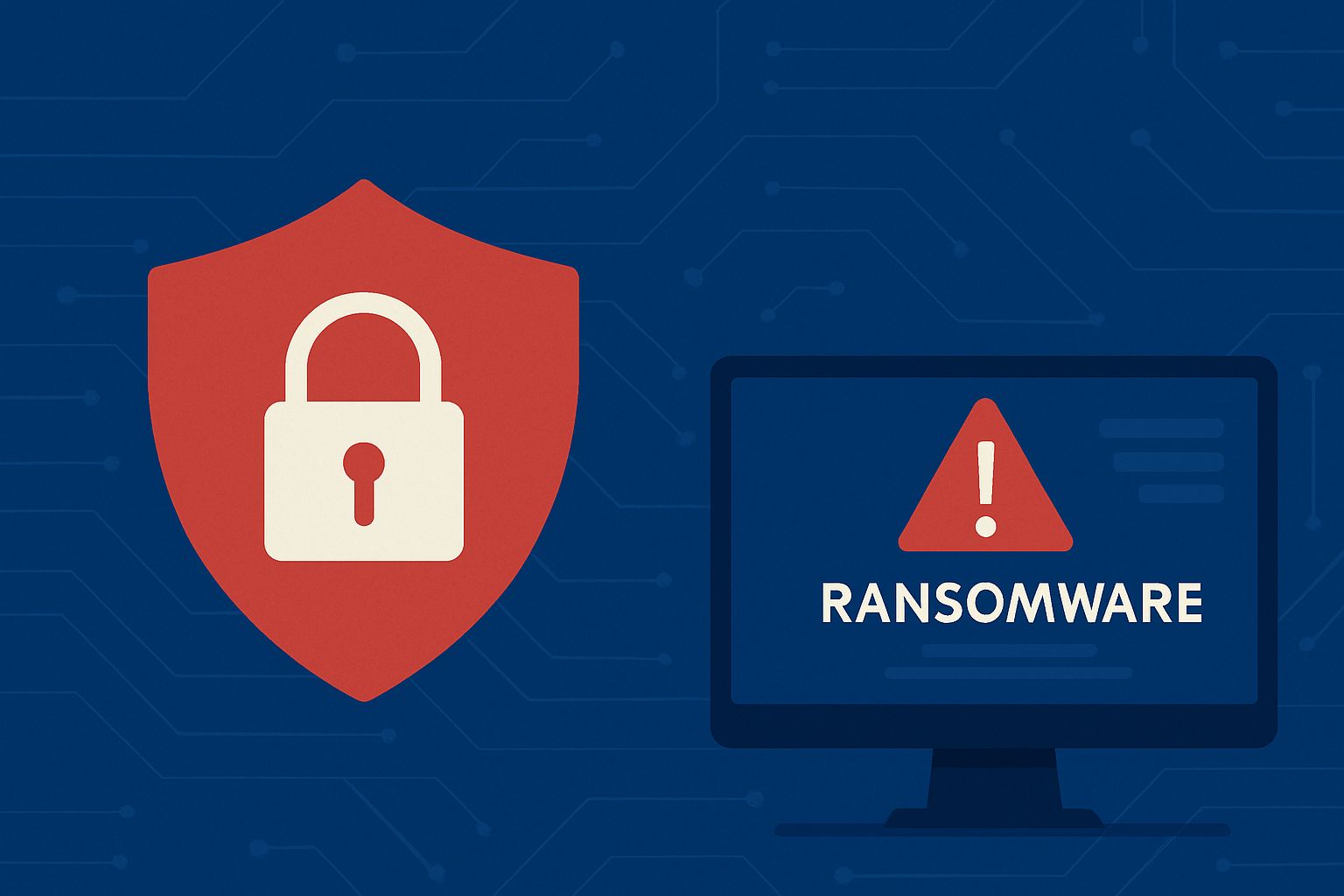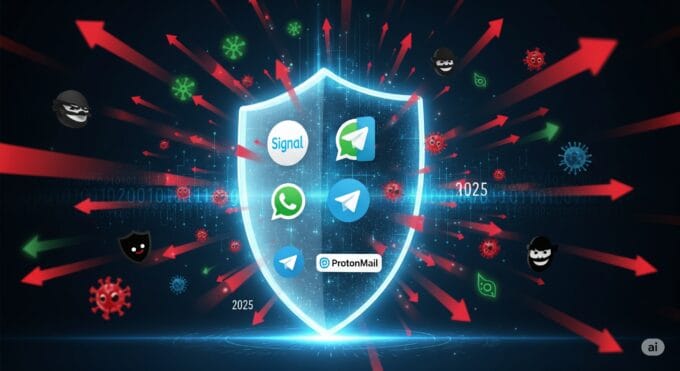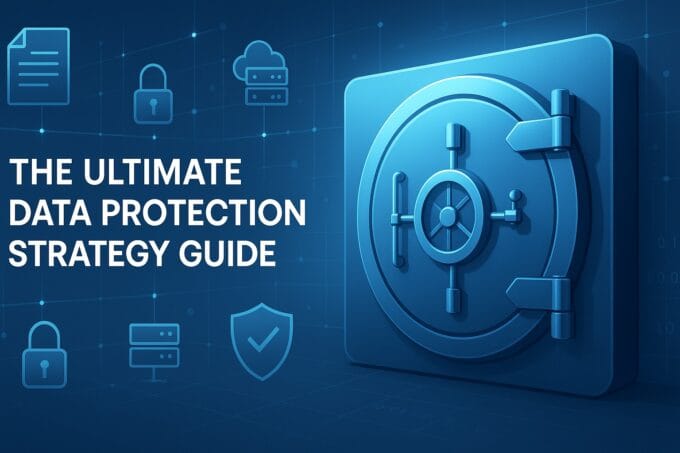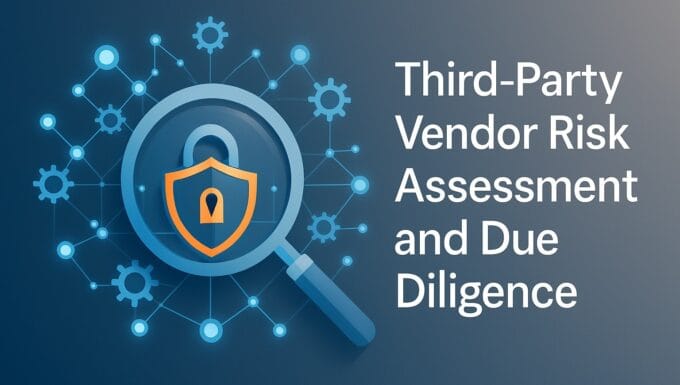Remember when smart homes felt like something out of a sci-fi movie? Well, now they’re just… home. Our thermostats know our preferred temperature, our security cameras keep an eye out, and our voice assistants chat with us like old pals. It’s incredibly convenient, right?
But here’s the flip side: with all that connectivity comes a bit of a risk. Just one overlooked device could be an open door for someone you definitely don’t want snooping around. They could spy on your family, snatch your personal info, or even take over your entire home network. Yikes!
And the numbers are only growing. The global smart home security market is projected to hit a staggering $40.38 billion in 2025, reaching an estimated $145.54 billion by 2034. That’s a lot of connected devices, and unfortunately, a lot more potential targets. In fact, new reports reveal that smart device cyberattacks more than doubled (a 124% increase) in 2024 alone!
That’s why we’ve put together this straightforward guide. We’re going to walk you through easy-to-understand steps to secure your smart home. Consider this your personal shield against digital intruders. Let’s make it tough for those hackers!
1. First Things First: Lock Down Your Wi-Fi Network
Think of your Wi-Fi as the main entrance to your digital life. If that door is flimsy or left wide open, everything inside – your smart thermostat, cameras, lights, speakers – is basically on display.
Here’s how to slam that door shut:
- Change that bland network name (SSID). Don’t leave it as “NETGEAR4321” or, worse, something that gives away your address. Get creative!
- Pick a super-strong password. Seriously, ditch “password123” or your dog’s name. A mix of jumbled letters (big and small), numbers, and quirky symbols is your best bet.
- Enable WPA3 encryption. If your router has it, use it! If not, WPA2 is still good. This is like a secret handshake for all your devices, keeping your data private.
- Set up a guest network. This is brilliant! It’s like having a separate waiting room for your smart gadgets (and your actual guests!). They can still connect to the internet, but they can’t snoop around your main network where your personal stuff lives.
- Turn off WPS and remote router management. These features can be handy but often have sneaky security holes that hackers love to exploit. Better safe than sorry!
Heads-up! There was a creepy incident where hackers actually chatted through a smart baby monitor because the home’s Wi-Fi was wide open. You definitely don’t want that kind of chilling experience in your home. And studies have shown that homes can face thousands of hacking attempts per week, with common methods trying to guess weak default usernames and passwords!
2. Update, Update, Update! (Your Device’s Brains Need a Refresh Too)
Imagine your front door lock has a little crack, and the lock company sends out a free, easy fix – but you never bother to install it. That’s what skipping firmware updates is like for your smart devices.
These updates aren’t just for making things run smoother; they’re vital security patches that fix known weaknesses and often add cool new features too! A staggering 68% of IoT attacks exploit known vulnerabilities, many of which could be patched with a simple update.
To stay on top of things:
- Switch on automatic updates. If your device offers it, just let it do its thing!
- Manually check for updates. Some devices, like older smart plugs or cameras, might need you to go into their settings and hit “check for update.” Make it a monthly habit.
- Register your devices. Often, manufacturers will email you when important updates are out. Sign up!
- Consider retiring old tech. If a device hasn’t had an update in ages, it might be time for an upgrade. Old tech can be a security liability.
3. Your Password: Make it a Fortress, Not a Welcome Mat
It’s genuinely shocking how many smart gadgets come out of the box with “admin” and “password” as their default login. For a hacker, that’s like a big red “ENTER HERE” sign. An estimated 15% of IoT device owners never change their default passwords! This is a huge, unnecessary risk.
Let’s make a new rule:
- Change those default passwords RIGHT AWAY. This is step one, before you even start playing with your new gadget.
- Get a password manager. Seriously, these are lifesavers. They create and store super complex, unique passwords for every single login, so you don’t have to remember them all.
- Never, ever reuse passwords. We all get lazy sometimes, but this is like using the same key for your house, car, and safe deposit box. If one gets compromised, everything’s at risk.
- Turn on two-factor authentication (2FA). If an app or device offers it (that extra code sent to your phone or email), use it! It’s like a second lock on your door, stopping attackers even if they somehow guess your password.
4. Prune the Unnecessary: Less is More (for Security)
Do you really need your smart speaker listening 24/7? Maybe not. The more features you enable, the more potential “entry points” hackers might find.
Be a little selective:
- Turn off microphones, cameras, or location tracking if you’re not actively using them. For example, if your smart TV has a camera, cover it when you’re not video chatting.
- Review app permissions. Some smart device apps ask for way more access to your data than they truly need to function. If something feels off, deny it.
- Disable Universal Plug and Play (UPnP) on your router. This feature can accidentally poke holes in your network’s security.
Quick tip: Go into your smart TV’s settings. Many of them track your viewing habits. You can often disable this in the privacy settings. It’s usually called “Smart TV Services” or “Interactive Services.” Over 72% of consumers are worried about their personal data collected by smart home devices – take control of it!
5. Segment Your Network: The Digital Safe Deposit Box
Think of network segmentation like putting your most valuable possessions in a separate, locked safe, instead of just leaving everything out on the kitchen counter.
Here’s the idea:
- Create distinct networks: One for your super-personal stuff (laptops, phones with banking apps, etc.), and a separate one just for your smart home gadgets (IoT devices).
- Why bother? If, heaven forbid, your smart fridge gets compromised, it won’t give the bad guys easy access to your sensitive banking info or email. It keeps the breach contained.
Good news! Most newer routers let you set up separate guest networks or even more advanced VLANs (Virtual Local Area Networks) that do exactly this.
6. Enlist Your Bouncers: Firewalls & Intrusion Detection
A firewall is like your digital doorman, checking everyone who tries to enter or leave your network and blocking anything suspicious. If you want even more muscle, an Intrusion Detection System (IDS) is like having security cameras that actively warn you when something weird is happening.
Simple advice:
- Use a router with a built-in firewall. Most decent ones these days come with this as standard. Make sure it’s enabled!
- For the tech-savvy: You can explore open-source IDS tools like Snort or Suricata. They’re powerful but require a bit more know-how.
- Consider smarter routers. Brands like Ubiquiti, Asus, or Synology offer routers with enhanced security features perfect for home use.
7. Spring Clean Your Digital Home: Audit Your Devices
How many gadgets are actually hooked up to your home network right now? Take a guess. It’s probably more than you think! Even that smart air purifier or connected toothbrush counts.
Regular check-ups are crucial:
- Make a list. Use handy apps like “Fing” or check your router’s admin panel to see every single connected device. You might be surprised!
- Kick out the unknowns. See something you don’t recognize or haven’t used in ages? Disconnect it.
- Scan for weak spots. There are apps and services that can scan your home network and tell you where your vulnerabilities might be.
Keeping tabs on your digital inventory means fewer blind spots for hackers to sneak through. A 2024 report found that smart TVs accounted for the highest number of cybersecurity vulnerabilities (34%) among smart home systems! Knowing what’s connected helps you target your defenses.
8. Shop Smart: Buy From Reputable Manufacturers
Not all smart devices are created equal. That super cheap camera from a brand you’ve never heard of might save you a few bucks upfront, but it could be missing crucial encryption – or worse, have hidden malware built right in. Some research suggests that up to 70% of commonly-used IoT devices have serious vulnerabilities, with an average of 25 vulnerabilities per device!
When you’re buying, look for brands that have a good track record in security. Choose devices that:
- Receive regular software updates. This shows they care about ongoing security.
- Support encryption and 2FA. These are non-negotiables.
- Are certified by security alliances like ioXt Alliance or CSA. These certifications mean they meet certain security standards.
Do a quick search: Before you click “buy,” type “[brand name] + security issues” into Google. A few minutes of research could save you a massive headache later.
Wrapping Up: Be Prepared, Not Paranoid
Securing your smart home isn’t about living in fear; it’s about being smart and proactive. Every smart doorbell, speaker, and light bulb is essentially a tiny computer connected to the most important parts of your life. And just like any computer, they need protection.
By following these steps, you’ll be building digital resilience, room by room. You don’t need to be a cybersecurity guru to be safe; you just need to be aware and take these basic precautions seriously.
Start with your Wi-Fi, keep your devices updated, and lock down what you can. Hackers are always looking for the path of least resistance. Make sure that path doesn’t lead to your front door.
Quick Q&As:
Q1. What’s the biggest security risk in a smart home?
Usually, it’s your router. If that gets compromised, it’s like a domino effect – every connected device becomes vulnerable.
Q2. Should I use VPNs for my smart home devices?
It can definitely help, especially if you’re accessing devices remotely. Some fancy routers even let you set up VPNs for your whole network!
Q3. Are Alexa or Google Home safe from hacking?
Generally, yes, if you keep them updated and your network is secure. Just be mindful of third-party “skills” or “actions” you enable, and always review your privacy settings. In 2019, researchers showed how malicious software disguised as innocent skills could record users. Always be cautious!
Q4. Can smart light bulbs really be hacked?
Surprisingly, yes! Some models have weaknesses that could expose your network. Using that network segmentation trick (point #5) can help isolate them. Research has even shown vulnerabilities allowing hackers to steal Wi-Fi passwords via smart bulbs.
Q5. Are smart locks safe to use?
If you stick with reputable brands, turn on multi-factor authentication (MFA), and keep the firmware updated, smart locks can be quite secure. They’re often safer than traditional locks that can be picked!

















Leave a comment